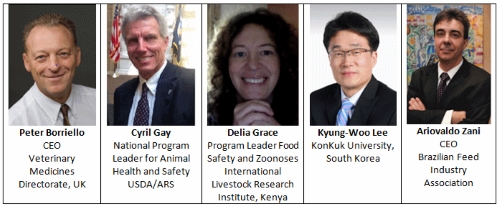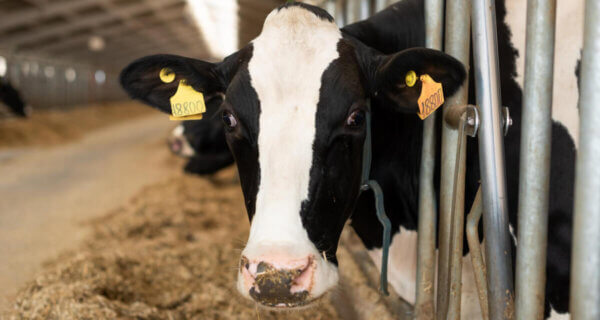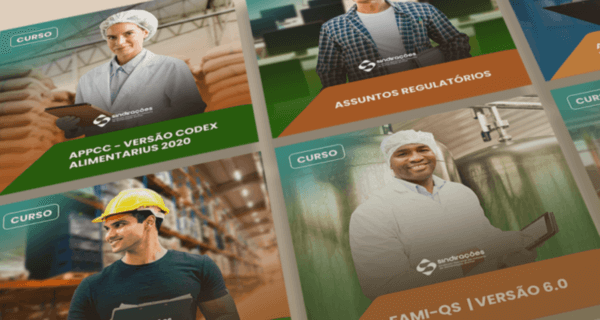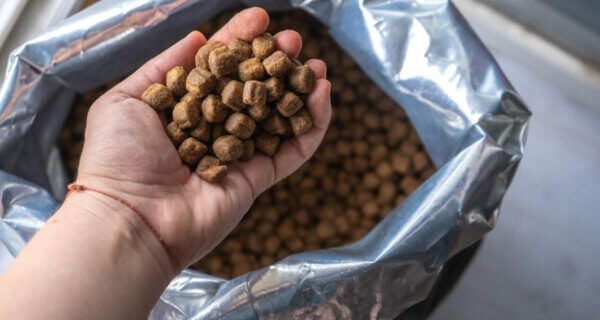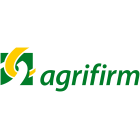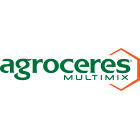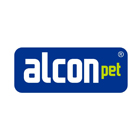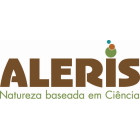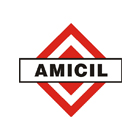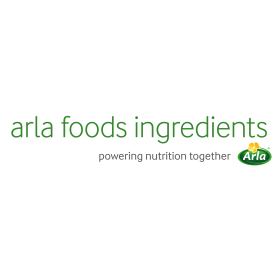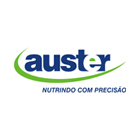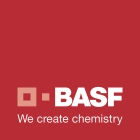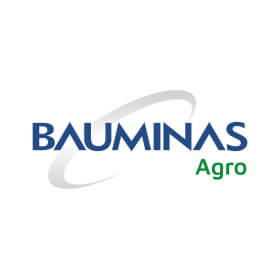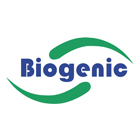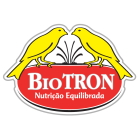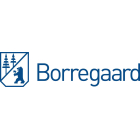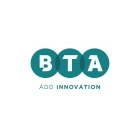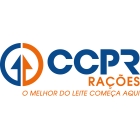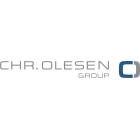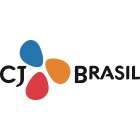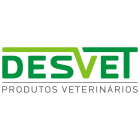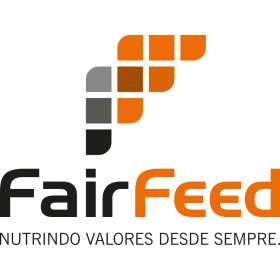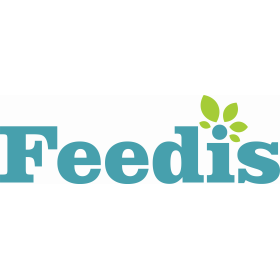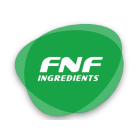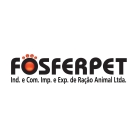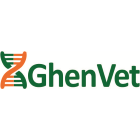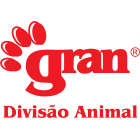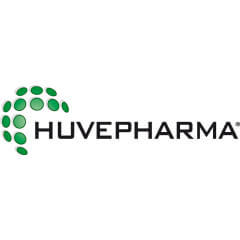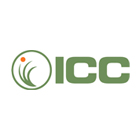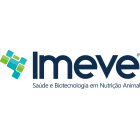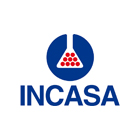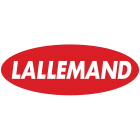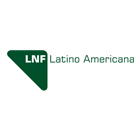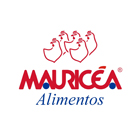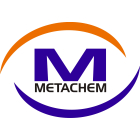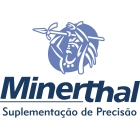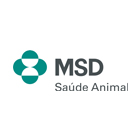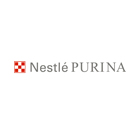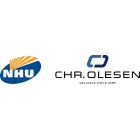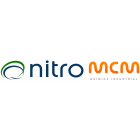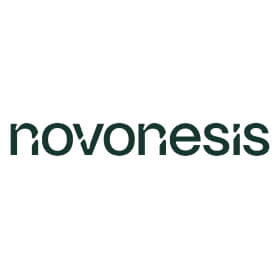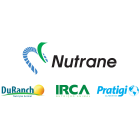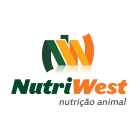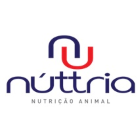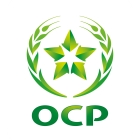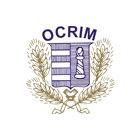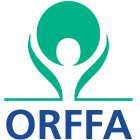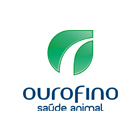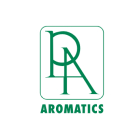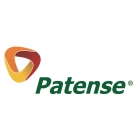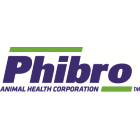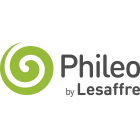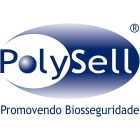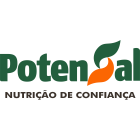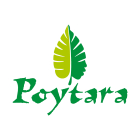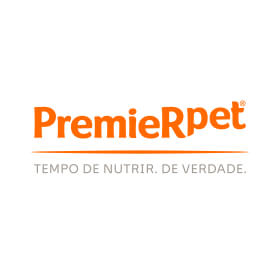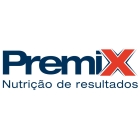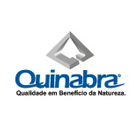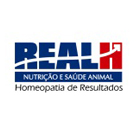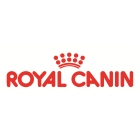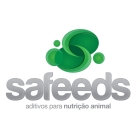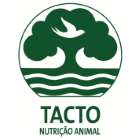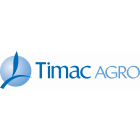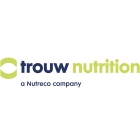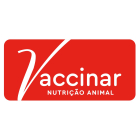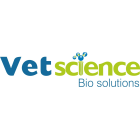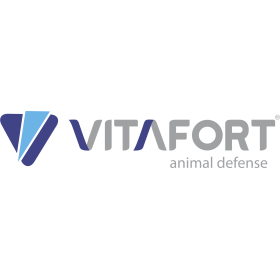10 December 2014 – Further to yesterday’s overview of antibiotic usage in animal diets worldwide; Part Two today provides an insight into the communication efforts in place or to be made to promote the responsible use of antibiotics.
Again representing Europe: Peter Borriello (Chief Executive Officer, Veterinary Medicines Directorate, UK);
Representing North America: Cyril Gay (National Program Leader for Animal Health and Safety, USDA/ARS);
Representing Africa: Delia Grace (Program Leader Food Safety and Zoonoses, International Livestock Research Institute, Kenya);
Representing Asia: Kyung-Woo Lee (Assistant Professor, Department of Animal Science and Technology, KonKuk University, South Korea);
Representing South America: Ariovaldo Zani (Chief Executive Officer, Brazilian Feed Industry Association).
[Feedinfo News Service] Eye-catching titles such as “Eating chicken can kill you by making your body antibiotic-resistant” or “Antibiotic-fed poultry harming consumers” have appeared in reputable Indian newspapers in recent months. This may seem unfair or counterproductive given the global efforts in place to reduce the occurrence of antibiotic resistance in humans. There is clearly an issue of lack of trust by consumers in some animal production systems and an occasional void in communication between the livestock production industry and public health experts, and to another extent, the media. It is important to set the record straight – but how can a dialogue be established between our industry and the consumer?
[Peter Borriello] The best approach is to deal with the complexity of communication strategically, and to ensure a clear understanding of the difference between communication and engagement. Media stories are very powerful, but in this area, good news stories are not news unless it is another possible cancer cure. The only way to mitigate the power of the press to mislead is to concentrate all action on ensuring key stakeholders, leading opinion makers and direct influencers of policy are properly informed of all aspects of the issue. This includes being honest about where uncertainty lies, admitting where scare stories have elements of truth and stating what is being done or what should be done.
If a deserved reputation of being an honest, objective and knowledgeable source of information can be achieved, then there should be less negative impact of unfounded and sensationalized scare stories. There should also be continued pressure to expose undeclared conflicts of interest and vested interests of groups/bodies which fuel and feed unfounded media stories and lobby members of government. In order to establish a dialogue with the consumer, the industry will need to identify in each country where customer trust lies. This will vary between countries. Information to improve understanding will have to be channeled through the profession that enjoys most public trust.
[Delia Grace] Better information and better communication. Risk assessment here has a major role. We have been carrying out risk assessments for livestock products in a number of countries. We find a big divergence between what people worry about and what makes them sick. Consumers are worried most about chemicals: residues, growth promoters, hormones. Yet what the risk assessments show is that pathogens are orders of magnitude more important. Diarrhea is still among the top 3 infectious killers in the developing world and much of it comes from contaminated food and water.
[Feedinfo News Service] Dr. Vallat from the OIE recently said that even if there are no “optimal systems” for the delivery of antibiotics at the farm, the role of veterinarian is of the utmost importance. Do you agree with this statement? How can we promote good antimicrobial stewardship early in veterinary and human medical careers?
[Ariovaldo Zani] I am a veterinarian and consider myself a true guardian of the public health. The veterinary community is already part of a movement called “The One Health Initiative”, which strives to forge close collaborations between physicians, osteopaths, dentists, nurses and other scientific-health and environmentally related disciplines. The initiative has been endorsed by more than 790 prominent scientists around the world.
Changes in human behavior and agricultural practices, the remarkable diversity and quantity of food available, etc. have also had an impact on veterinarians and physicians.
Traditionally, students were taught the importance of maintaining the effectiveness of antimicrobial products and reducing the likelihood that they act as agents of selection for pathogenic bacteria of veterinary and human interest. Veterinary medicine is based on rules such as: reducing the use of antimicrobials in animal production as much as possible (to monitor the health of animals and establish preventive measures such as vaccination, biosecurity, hygiene, and control of animal flow, focus on genetic breeding programs, nutritional and environmental); comparing the advantages and disadvantages of antimicrobials before choosing the agent to be used; using antibiotics only when the benefits are clear and measurable.
[Peter Borriello] I agree. Good antimicrobial stewardship is best promoted at the time of undergraduate training, and post-training by stewardship being a mandated part of continuous professional development schemes.
[Cyril Gay] Veterinarians are the recipients of some of the best training in infectious diseases of any of the medical professions and as such have a key role to play in combating the threat of antibiotic resistance. As stated earlier, combating antimicrobial resistance is a One Health issue and veterinarians and medical doctors have an obligation to join forces in implementing the strategies developed by the OIE and WHO to mitigate the spread of antibiotic-resistant bacteria.
[Kyung-Woo Lee] I also believe veterinarians play a very important role, as they are the ones who should decide whether an animal should be given antibiotics or not. And of course, antibiotics should be used only when it is absolutely necessary.
[Delia Grace] It depends what you mean by ‘role’. In many countries, we have hundreds of millions of animals, tens of millions of farmers and a couple of hundred veterinarians. In these countries, vets will never be able to personally administer or directly supervise animal treatments. We know that other systems, such as community animal health workers, are very effective: but they are not getting the enablement they need and part of the problem is the veterinary profession. We need to be more realistic about the conditions on the ground where poor farmers need animal services which vets can’t provide, and vets providing services to rich farmers are likely to give them what they want and not necessarily what they need.
[Feedinfo News Service] While many producers are aware of the dangers of extensive antibiotic use, many are still using them not only for treatment, but as ‘insurance’ against diseases. For some, antibiotics have also been used to cover for lack of biosecurity and poor animal husbandry. AGP-free animal production would be seen as correlated with negative productivity results. People are resistant to change. This can apply to all global markets. What will it take to change perceptions? Can antibiotic-free livestock production be profitable for companies?
[Peter Borriello] Antibiotic-free livestock production is not possible, however significantly reduced antibiotic use is possible. The best way to change perceptions is to properly research the economics of production as related to differing degrees of antibiotic use and the impact of resistance on the livestock industry. Case examples from comparable countries would be helpful, as would evidence from surveillance comparing antibiotic use and productivity.
[Cyril Gay] There is a significant amount of spin from advocates on both sides of the debate on the use of antibiotics in animals but I think most will agree that we have an obligation to treat animals humanely and healthy animals will always be the primary objective of any production system in animal agriculture. Regarding the specific issues surrounding the use of AGPs in animal production, what is important to remember is that we really did not understand their mechanisms of action relative to growth promotion. One prevailing hypothesis is that antibiotics bind to host cells in the gut and may reduce inflammation by reducing inflammatory cytokines.
Going forward, alternatives to antibiotics may play an important role in animal agriculture if they are developed to not only replace AGPs but used in precise management practices to enhance the health and lifetime productivity of animals in various production systems. A number of alternatives to antibiotics are already being used in animal production but we should make sure they don’t end up being used blindly without fully understanding the active ingredients, dose, mechanisms of actions, and ensure they meet national and international standards of safety, efficacy, and quality.
[Delia Grace] My guess is that antibiotic-free livestock production can be successful in rich countries with many resources. It is an innovation and technology problem, and companies have been very good at that. For poor countries, farmers can’t optimize farming overnight and antibiotics will be needed to avoid animal suffering and death and the related human poverty, hunger and sickness. In these circumstances we need to use antibiotics better.
[Kyung-Woo Lee] As far as I know, there is no clear proof that antibiotics really work as growth promoters. When used as a preventive measure, they may improve overall productivity. However, if we improve the farming practices and disease control strategies, then we can also improve overall productivity without any help from antibiotics. Organic pig production is a clear proof that higher sanitary standards and good management practices can make antibiotics redundant. I do not think that antibiotic-free meat (obtained from organic or animal welfare-certified farms, etc) is not profitable. I believe that consumers are willing to buy antibiotic-free meat even if it costs more than ‘conventional’ meat.
[Ariovaldo Zani] AGPs are seen as one of the most important technological tools capable to improve feed conversion (and thus mitigate environment damage), and lower production costs. A recent study performed by a group of renowned researchers demonstrated that a hypothetical AGP ban in the livestock production chain in Brazil would trigger an estimated drop of almost 4% in broiler feed conversion and an increase of at least 3% of the production cost. In the case of piglets and growing pigs, the drop in weight gain would reach 17% and 7%, respectively, while production costs would increase by 9.2%.
This additional overhead would cost the industry almost USD 500 million and would be accompanied by an increase in the incidence of infectious diseases, an increased use of antibiotics used to combat these diseases and the contamination of products from these animals by resistant nor non-resistant bacteria, a reduction in the number of lots housed per year with lower utilization of breeding facilities, a breakdown in the uniformity of lots, increased slaughter cost, decreased uptake of nutrients, increased load of waste and incidence of enteric diseases consequent to bigger amount of antibiotics used.
[Feedinfo News Service] How can we best organize international cooperation to minimize antimicrobial resistance and enhance alternative-to-antibiotic research? How relentless must this dissemination of information be when it comes to communicating the harmful effects of injudicious use of antibiotics/antimicrobials?
[Peter Borriello] The best way to organize international co-operation is to utilize what is being put in place, such as the Global Alliance for Health Security (which has an AMR component), laboratory and country twinning programs on AMR, the Transatlantic Task force on AMR, and what will emerge from the WHO action plan expected next year. The core of communication to the farming sector must primarily be on the end-to-end business case for appropriate antibiotic use.
[Cyril Gay] Research targeting the dissemination of scientific information to enhance the effective use of antimicrobials and reduce antibiotic-resistant bacteria should receive significant support from national governments worldwide. WHO and the OIE have identified international cooperation as a key policy objective and as stated earlier, both the European Union and the United States have included the research and development of alternatives to antibiotics in their policy objectives. These are very positive steps and the support of these initiatives by public and private research organizations worldwide is essential to achieve the goal of controlling and eliminating antibiotic-resistant bacteria.
[Kyung-Woo Lee] An international network allowing stakeholders to share information related to the antibiotic resistance issue has already been put into place. In order to facilitate the development of antibiotic alternatives, laboratory standard tools that can effectively test the products (as part of an approval process put in place by governments) should be developed and widely shared. In addition to that, the registration process for antibiotic alternatives which claim to offer therapeutic effects should be simplified so that products can be introduced on the market more easily.
[Ariovaldo Zani] International cooperation is already happening today, thanks to the “One World, One Health” concept, which is supported by the OIE, WHO and FAO, and which allows stakeholders to: collect information on animal diseases; coordinate medical and veterinary health policies more effectively; set up requirements for early detection of disease outbreaks; minimize antimicrobial resistance and facilitate research on alternative to antibiotics.
Non-compliance incidents should be penalized according to the rules defined the relevant local authorities and, where applicable (i.e., international trade), communicated through public alert systems for feed and food, and subjected to censorship of the WTO.

